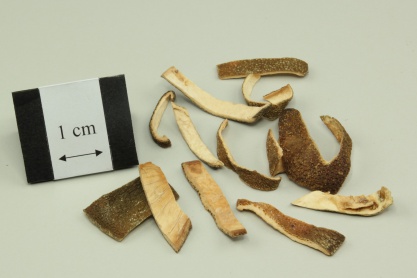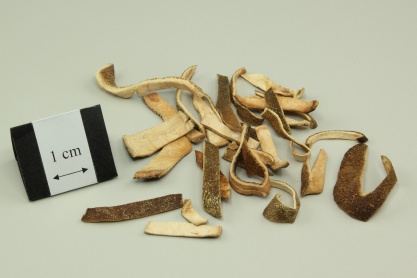青皮
- ENG
- Green Tangerine Peel
- LATIN
- Citri Reticulatae Viride Pericarpium
| Medicinal Group | Qi-regulating medicinal |
|---|---|
| Source | Dried pericarp of the young or immature fruits of Citrus reticulata Blanco or its cultivars (Fam. Rutaceae) |
| Nature and Flavors | pungent, bitter; warm |
| Meridian Affinity | Liver, Gallbladder, Stomach |
| Actions | To soothe the liver, disintegrate stagnated qi, and remove retained food |
Family
Rutaceae
Part used
Fruit
Indications
Distending pain in the chest and costal regions; hernia; mass formation in the breast, mastitis; abdominal pain due to retention of undigested food
Research Findings
- Xiaozhang Recipe (consisting of Green Tangerine Peel) in combination of lamivudine could improve the liver function of chronic viral hepatitis B patients with compensated liver cirrhosis and hepatitis B virus deoxyribonucleic acid, lower their Chinese medicine symptom scores and chronic liver disease questionnaire scores, improve their Child-Pugh classification to some extent.[1]
Cautions
No Data.
Report on adverse effect
No Data.
Reference
Reference
- Zhou ZH, Li M, Huang LY. (2011). Study of xiaozhang recipe combined with lamivudine in treatment of 84 chronic viral hepatitis B patients with compensated liver cirrhosis. Zhongguo Zhong Xi Yi Jie He Za Zhi. , 31(9):1220-3.












